Tracing Greenpeace India’s Relentless Push for Heatwave Justice
In 2025, summer is arriving in the Indian subcontinent not with sunshine but with a vengeance. Heatwaves have already swept through Bengaluru, Mumbai, and Goa in March. The Indian Meteorological Department (IMD) has warned of “double the heatwave” in Northwest India—and now, Delhi is already proving that true. A yellow alert is in place, with temperatures expected to reach up to 42°C between April 7 and 13—weeks ahead of the usual peak heat.
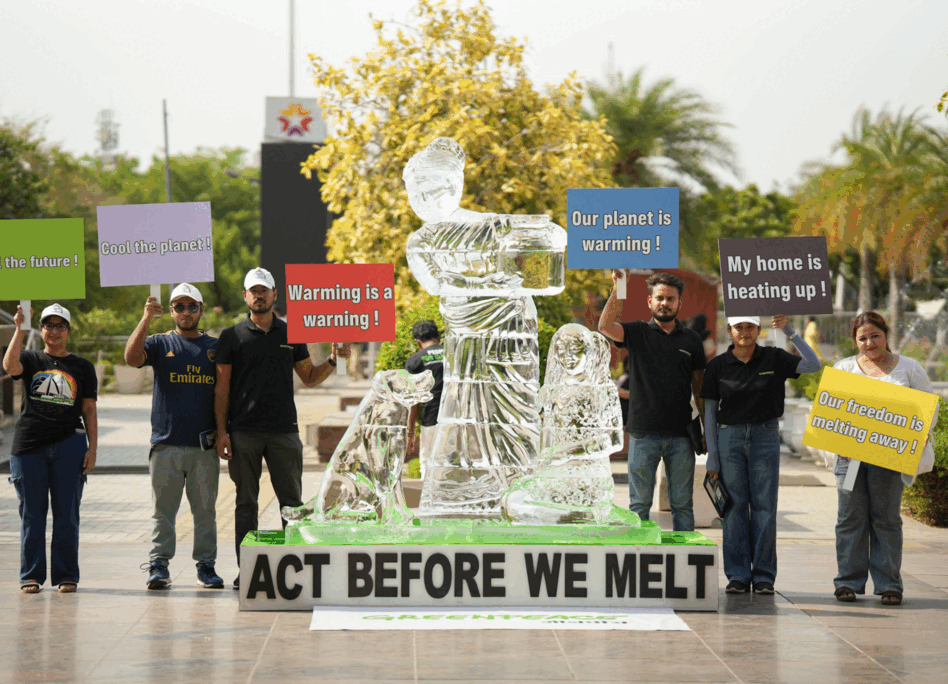
By May, the northern plains will be akin to a furnace.
The state has issued early warnings. The air has started to shimmer. How long till the birds drop from the skies? Till the flowers in your garden dry up? How long till the first life is lost to this heat?
Many heatwave-related deaths go unreported, misattributed to heart attacks, strokes, or dehydration. The invisibility and underreporting of heatwave deaths lead to inaction. Heatwaves are no longer rare anomalies; they are predictable catastrophes. Every year, temperatures shatter records, leaving behind a trail of lost lives, burned homes, and destroyed livelihoods. Those suffering the most are the ones already on the margins—street vendors braving the midday sun, farmers watching their crops turn to dust, and women walking miles for water.
Yet, the government’s recognition of heatwaves as a disaster remains inadequate. Each collapse is preventable. Each bird gasping for water, each worker struggling under the sun—it is a crisis unfolding in plain sight.
But this doesn’t have to be a tragedy.
We can still hope.
We can still build solidarity.
And this is our call to action.
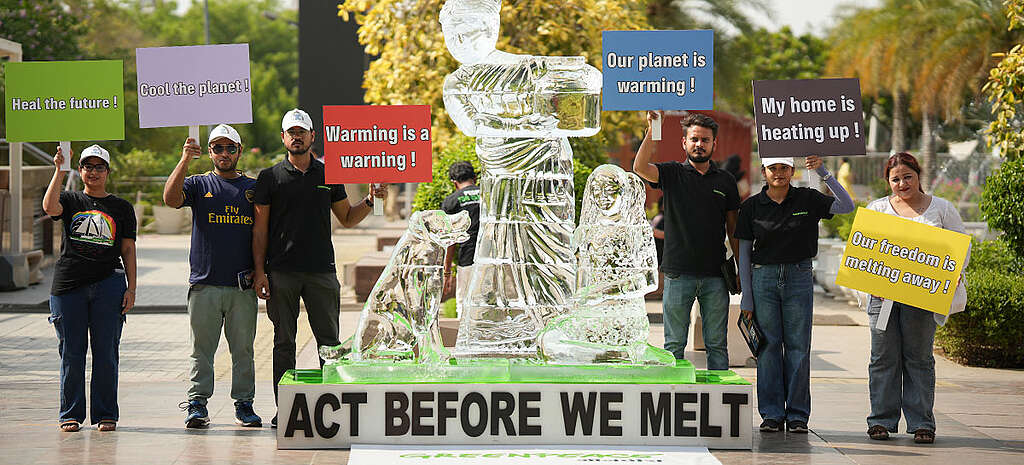
Melting Futures: Act Before We Melt Away
On a scorching May afternoon in Delhi last year, an ice sculpture stood tall at Select City Mall, Saket, New Delhi. As the sun blazed down, the sculpture melted away, visually underscoring a grim reality: India’s rising heatwaves are not just seasonal discomforts but life-threatening crises that disproportionately impact marginalised communities, and the government must act now.
This campaign sparked a larger movement—months of storytelling, advocacy, and activism—leading to real political traction.
As the ice sculpture melted, a new wave of storytelling emerged. One that turned loss into memory, and memory into action.
Museum of Memories: Stories of Loss and Resilience
Museum of Memories emerges as an exhibition space to listen to those who have met with the disastrous consequences of climate calamities. Enclosed within are stories collected directly from individuals, families, and communities disproportionately affected by the extreme weather events in India.
If Melting Futures was a call to action, Museum of Memories was a reminder of what’s already lost. The exhibit displayed over 50 real objects each carrying a story of devastation and resilience.
One such story is that of Sarovar.
Sarovar Yadav still remembers the summer of 2023. The sun hung heavy over his farm in Bihar, a relentless force that drained the life from his fields. First came the drought, then the unbearable heat. His crops withered. His cows collapsed. When the last of his cattle died, he held onto the rope that once tethered them, a painful reminder of everything he had lost.
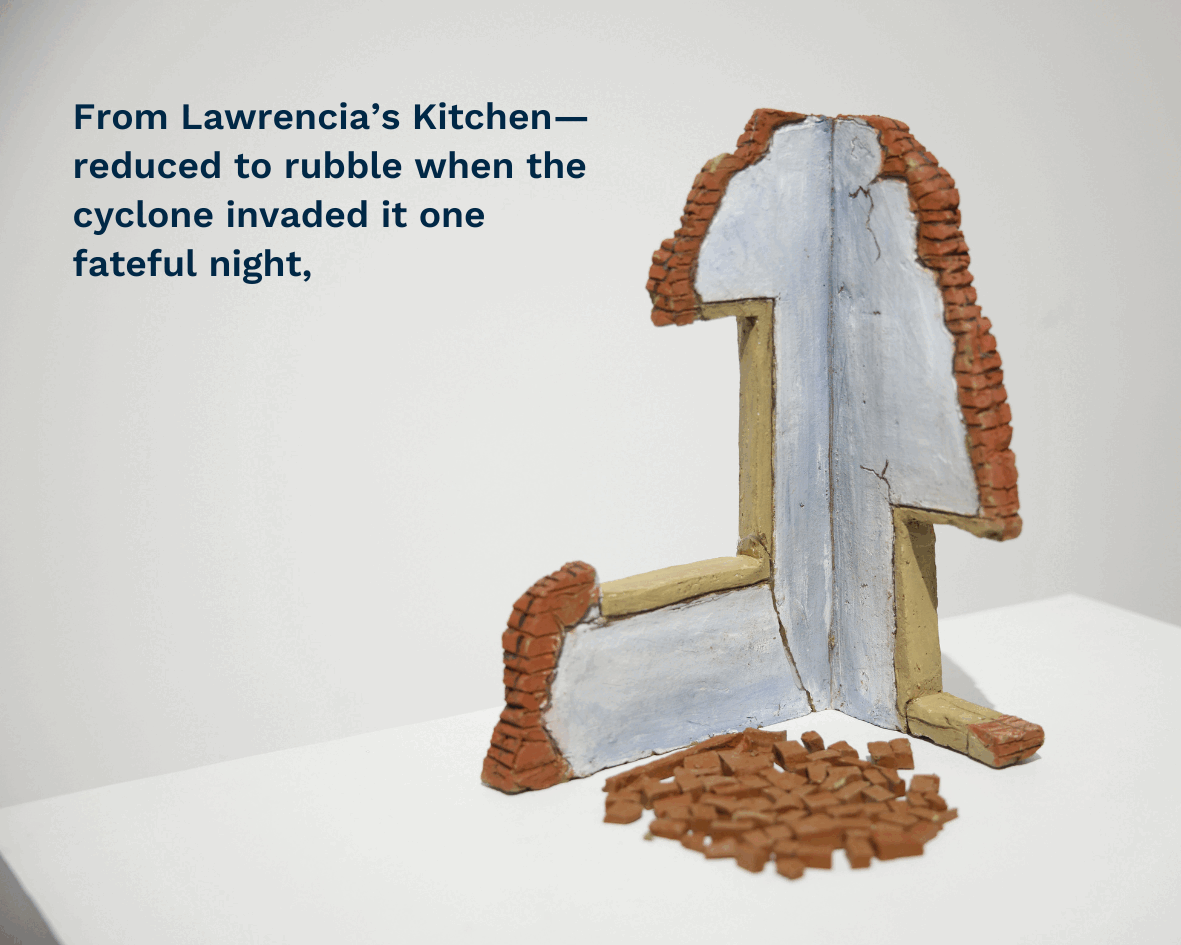
Each object here has a story of loss and resilience embedded within it. These objects are not just relics. They are witnesses to loss that should never have happened. Each one is a call for justice. Behind every number in a headline lies a story—of love, of longing, of deep and preventable pain. You only need to look closer. And you must choose to respond.
Shifting the Narrative: From Weather Reports to Systemic Accountability
In 2024, we saw a tangible shift in how heatwaves were reported in India and globally. Newsrooms moved beyond temperature updates to critically examine the systemic failures that left communities defenceless. Some notable highlights include our joint survey with the National Hawkers Federation was featured in Frontline, highlighting income loss and health risks faced by Delhi’s street vendors. Al Jazeera exposed the brutal conditions gig workers endure with little to no protection. Meanwhile, The New Indian Express centred on women vendors, revealing how heatwaves deepen existing gender and caste inequalities.
Our media engagement ensured that heatwaves were no longer framed as acts of nature but as consequences of climate inaction. From on-ground reporting in informal settlements to op-eds by affected workers, we saw an increase in coverage demanding accountability.
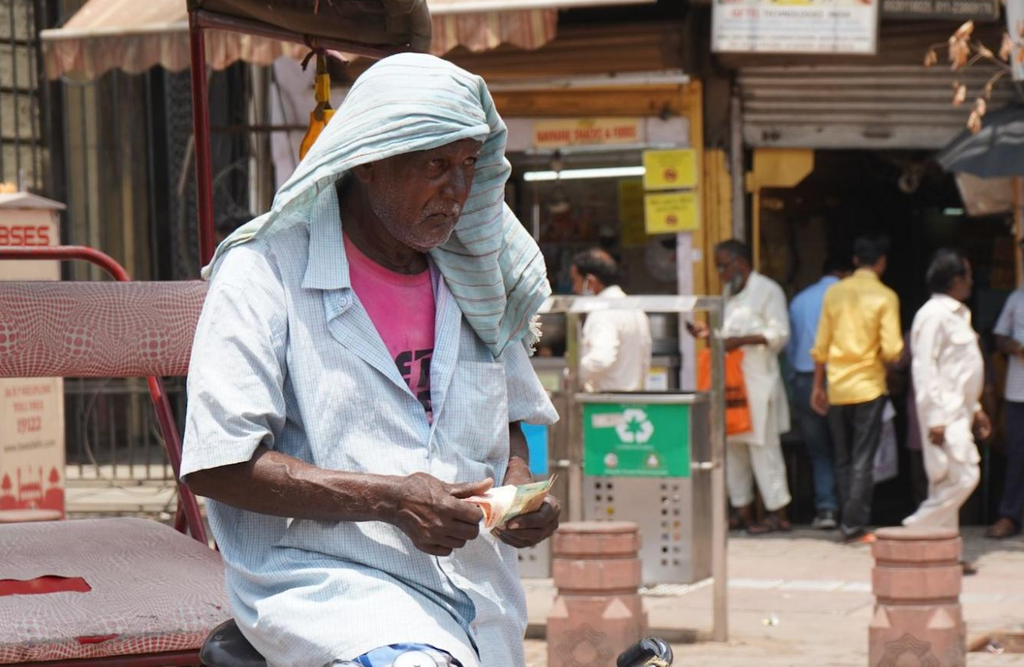
Heat Havoc: The Fight for Recognition
Numbers make suffering visible to those in power. Greenpeace India, in collaboration with the National Hawkers Federation, launched Heat Havoc: Investigating the Impact on Street Vendors, a report capturing the experiences of over 700 street vendors struggling under the relentless heat.
The findings were undeniable: extreme heat was robbing livelihoods, worsening inequality, and pushing the most vulnerable to the brink. Armed with this data, we took the fight to policymakers. The demand was clear—declare heatwaves a national disaster.
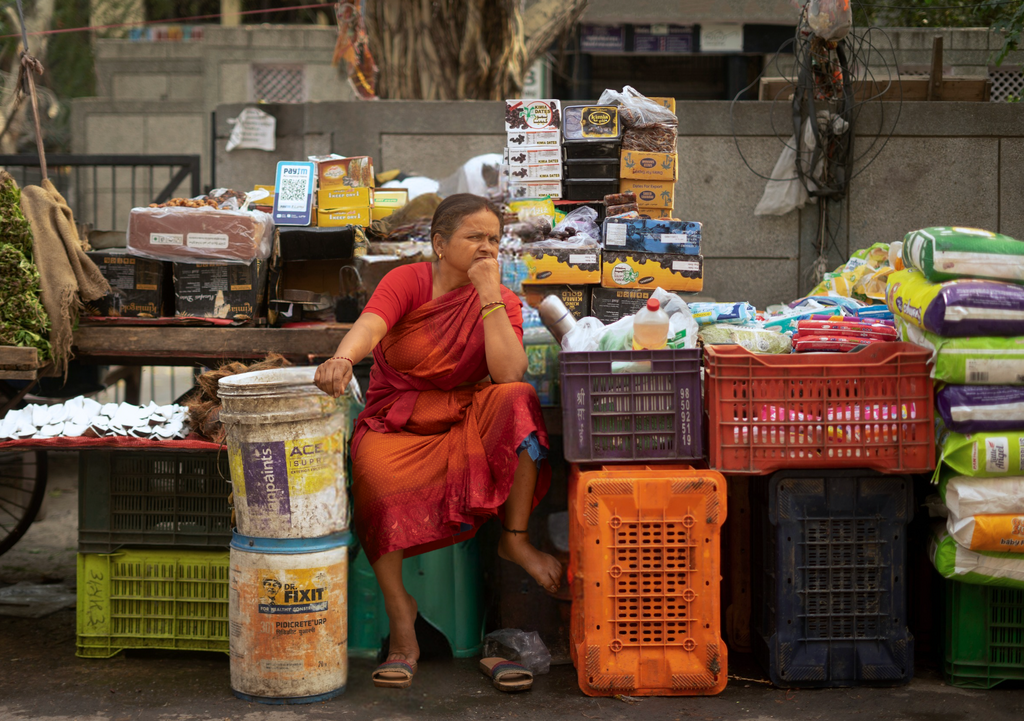
A Breakthrough: Parliament Takes Notice
And then, something shifted. After months of pressure, people’s stories, data, and media coverage reached the halls of Parliament.
A parliamentary committee recommended that heatwaves be officially recognised as a national disaster, marking a significant policy breakthrough. This wasn’t just acknowledgement—it was a step toward systemic action, toward policies that could save lives.
This milestone strengthens our campaign as we push for formal recognition and stronger response mechanisms.
What’s Next? The Fight Continues. Let’s RISE!
The heat will return. It will bring new records and new tragedies. But this time, we are closer to change.
Selomi Garnaik, Campaigner at Greenpeace India, emphasised the shift from awareness to action in 2025. “This year, we turn urgency into change with Delhi Rising—we’re setting up cooling spaces, hydration camps, and building community resilience. While we made the hidden impacts of extreme heat impossible to ignore last year, acknowledgement isn’t enough—we need heatwaves declared a national disaster, a dedicated heat budget, and legally binding goals.”
The movement does not end here. We demand policies that protect lives, ensure relief reaches those who need it most and force systemic action against extreme heat. But while we hold the state accountable, we must act too—leaving water out for birds and animals, offering fluids to outdoor workers, checking in on neighbours, and standing in solidarity with those on the frontlines of this crisis.
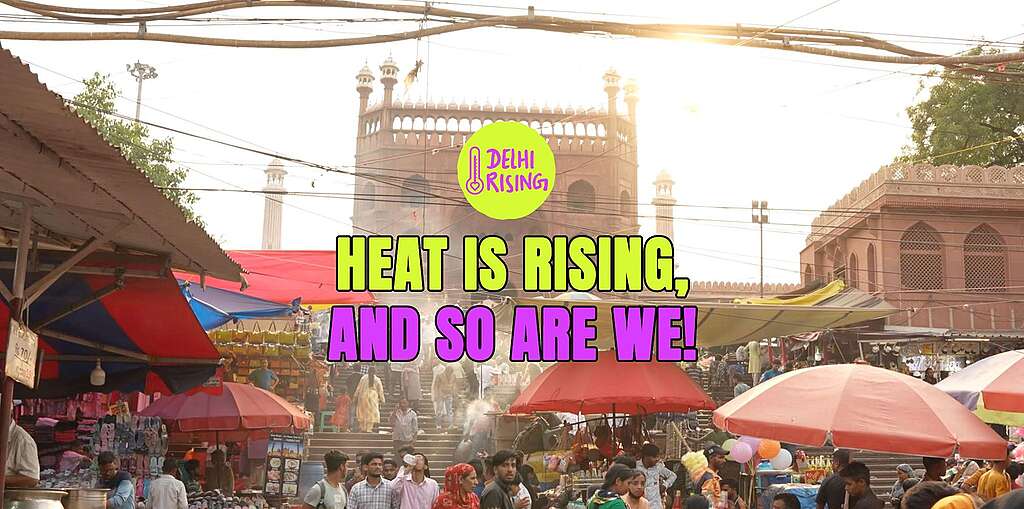
The ice may have melted, but the fight burns brighter than ever. The heat will arrive with a vengeance and we are gearing up for it by kicking off DELHI RISING—a people-powered campaign to fight extreme heat with hope, care, courage, and community—and you can start the movement in your city, one act of relief at a time. Stay tuned, stay hydrated! #DelhiRising

Author
Empty (they/them) is a Communications Consultant with Greenpeace India. They are a writer and researcher focusing on the intersections of climate and social justice. They write on queer and gender politics as well.
References:
- Livemint. (2024, February 24). IMD alert: Yellow warning for Mumbai, Thane, Raigad, Ratnagiri, Konkan districts on Feb 25-26; unusually high temperature of 37°C. https://www.livemint.com/news/india/imd-alert-yellow-warning-mumbai-thane-raigad-ratnagiri-konkan-districts-feb-25-26-unually-high-temperature-37-degrees-c-11740454282645.html
- Times of India. (2024, March 25). India braces for intense summer; heatwave days to double in several states, says IMD. https://timesofindia.indiatimes.com/india/india-braces-for-intense-summer-heatwave-days-to-double-in-several-states-says-imd/articleshow/119809490.cms
- The Hindu. (2024, April 5). India is likely undercounting heat deaths, affecting its response to increasingly harsh heat waves. https://www.thehindu.com/sci-tech/energy-and-environment/india-is-likely-undercounting-heat-deaths-affecting-its-response-to-increasingly-harsh-heat-waves/article68366495.ece
- The Economic Times. (2024, March 14). Include heatwaves in disaster management plans, Parliamentary panel tells Centre. https://economictimes.indiatimes.com/news/politics-and-nation/include-heatwaves-in-disaster-management-plans-parliamentary-panel-tells-centre/articleshow/119202958.cms
